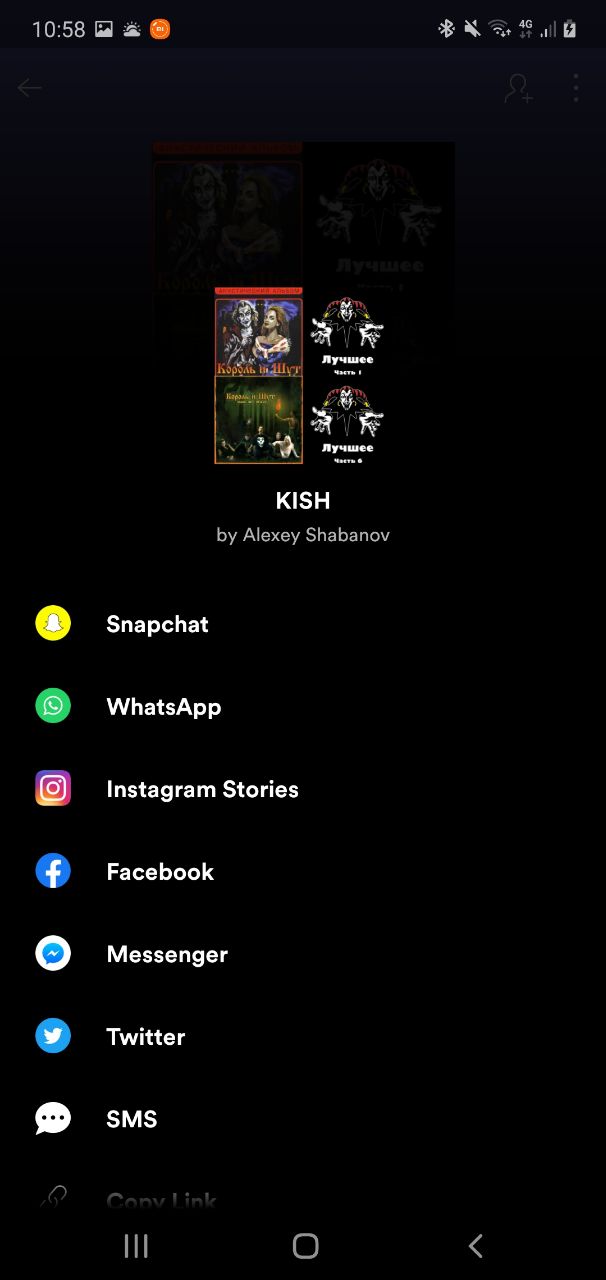

#SPOTMENU SPOTIFY FREE#
It is free and open source and truly a lifesaver. It lives in my menu bar so I can hit any of the layout presets, but I mostly use the shortcuts and and to snap windows to the left and right of my screen. There are lots of apps that try and solve this, but Rectangle is the best I’ve found.
#SPOTMENU SPOTIFY MAC#
Rectangle #Īs a previous Windows user, I found arranging windows on a Mac to be a nightmare. It’s so good and so simple! It’s also free and open source (MIT license). (There are options so you can also show artist and album name.) Clicking it opens the album artwork and player controls.

SpotMenu let’s you see the name of the track currently playing on Spotify on your menu bar.
#SPOTMENU SPOTIFY BLUETOOTH#
I combine this with the built-in Bluetooth menu bar option, so I can reconnect speedily when returning to my laptop. It’s one of those things that I can’t believe isn’t a native setting in macOS. Bluesnooze solves this by disconnecting Bluetooth devices when your laptop goes to sleep. If you pair Bluetooth headphones or speakers with both your phone & Mac it can be frustrating when your sleeping Mac connects intermittently and disrupts the audio.
#SPOTMENU SPOTIFY PRO#
Loom has a free tier, but it’s worth going pro for $8 / month. It’s rapid and fluid and I can’t live without it. So instead, using Loom, you can send them a quick video / screen recording combo so they can asynchronously give feedback. In these unprecedented times, when everyone’s facing Zoom fatigue and the last thing you want to ask of someone is to “jump on a quick call” to discuss some change. When screen recording with Loom, your face appears in a (draggable & positionable) window. I’ve quickly found it impossible to live without. Loom is more of a fully-fledged service rather than a lightweight menu bar app, like others on this list. It’s free, open source (MIT) and you can get it here. You can also set it to replace your clock, and customise your date/time format. Alongside MeetingBar it’s so incredibly useful. Its圜al is a tiny calendar that shows you the days of the month and all your events. You can get it from GitHub or from the Mac App Store. It supports every meeting service you’d imagine (and if it doesn’t support yours, you can request it here).Īnd, again, it’s free and open source, licensed under Apache 2.0. It connects to your calendars to show you what meetings you’ve got coming up next, and let’s you join them in one-click. MeetingBar is a true lifesaver, especially in the crazy world of remote-meetings-all-day-long that we live in now. This one costs $7 and is available on the Mac App Store. Just use the eyedropper tool straight from your menubar to check the text colours you’re designing with aren’t too light. It’s super easy to use and works in any application you might be using. This is a must for designers, marketers, bloggers - and really, for anyone making content that is seen by others. Contrast #Ĭontrast is an app for checking colour contrast ratios, ensuring that colours used meet accessibility guidelines. It’s open source, licensed under the MIT license, and can be installed from GitHub or the Mac App Store. You can set it to automatically hide them after a while, too. I love its approach: icons are dragged behind a divider, and can then be toggled on and off using an arrow. I’ve never tried Bartender, as its $15, and used Vanilla for a while (which is free but has a $10 pro option for all features) before discovering this alternative. Hidden Bar is an ultra lightweight app similar to Vanilla or Bartender, which allows you to hide or remove icons in your menu bar, keeping it looking clean. (Stick around to read about what they all do in detail, and why I love them so much.) I recently got a new Macbook for work, and these are some of the first apps I installed.


 0 kommentar(er)
0 kommentar(er)
